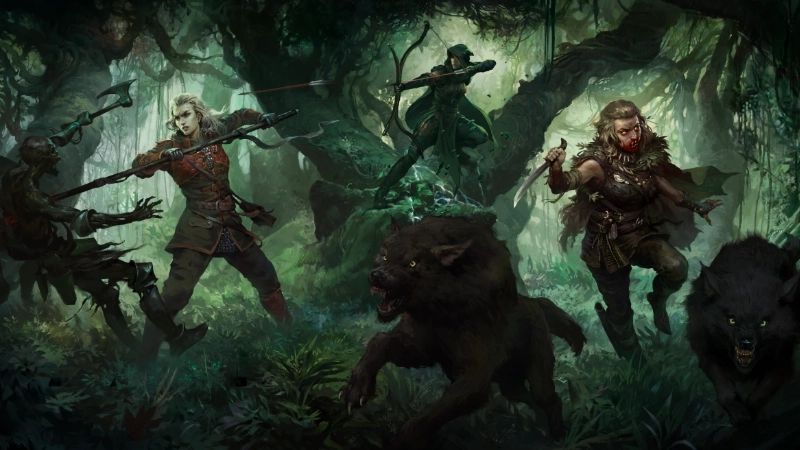Categories
Tags
Archives
Evolving Enemy AI and Encounter Design in poe2
-
Path of Exile 2 aims to elevate the action RPG genre not only through improved visuals and class systems but also with a major overhaul of enemy behavior and encounter design. In the original Path of Exile, most enemies served as damage sponges or cannon fodder, easily defeated through raw power or area damage. PoE2 flips this formula by focusing on smarter AI, varied enemy archetypes, and tactical combat scenarios that require positioning, timing, and real-time decision-making.
One of the most noticeable changes is how enemies now operate in coordinated groups rather than as individual threats. Instead of mindlessly rushing toward the player, monsters in PoE2 often take strategic actions—flank from multiple angles, use environment-based cover, or delay engagement while a frontline tank distracts the player. This change demands players pay closer attention to movement and crowd control, making every encounter more dynamic.
Mini-bosses and elite enemies are also getting a significant upgrade. In the first game, these foes often relied on inflated health pools or unpredictable one-shot mechanics. In PoE2, elite enemies possess well-telegraphed but challenging attack patterns, forcing players to learn, dodge, or counter specific moves. They may summon reinforcements, phase in and out of the battlefield, or trigger area-based hazards, turning a small skirmish into a mini-arena boss fight.
Another layer of depth is added by how enemy types now reflect their environment and lore more clearly. For instance, jungle-dwelling creatures might use poison attacks and camouflage, while desert enemies might utilize ambush tactics, sandstorms, or burrow mechanics. This environmental synergy gives each region a distinct combat identity and enhances the sense of progression as players travel through vastly different zones.
Path of Exile 2 also introduces better animation priority and reactive combat from monsters. Enemies may stagger when hit, charge after being provoked, or react differently depending on the player’s positioning and damage type. Combined with the game’s improved animation system, the result is a more fluid, immersive battle experience that rewards mechanical skill and awareness.

Boss fights have also evolved. Bosses no longer rely purely on bullet-hell projectiles or damage immunity phases; instead, they make use of stage transformations, interactive environments, and clear mechanical signals. A fight might start in a narrow cave, then collapse and shift into a flooding underground chamber, forcing players to adjust mid-fight. This keeps longer encounters from becoming repetitive and adds cinematic flair without sacrificing challenge.
These enhancements to enemy AI and encounter design ultimately help define poe2 items as a more thoughtful and deliberate ARPG. Players can no longer rely on mindless clearspeed—they must adapt, experiment, and engage with each battle more actively. In doing so, the sequel raises the standard for how combat in this genre can feel: responsive, tactical, and deeply satisfying.